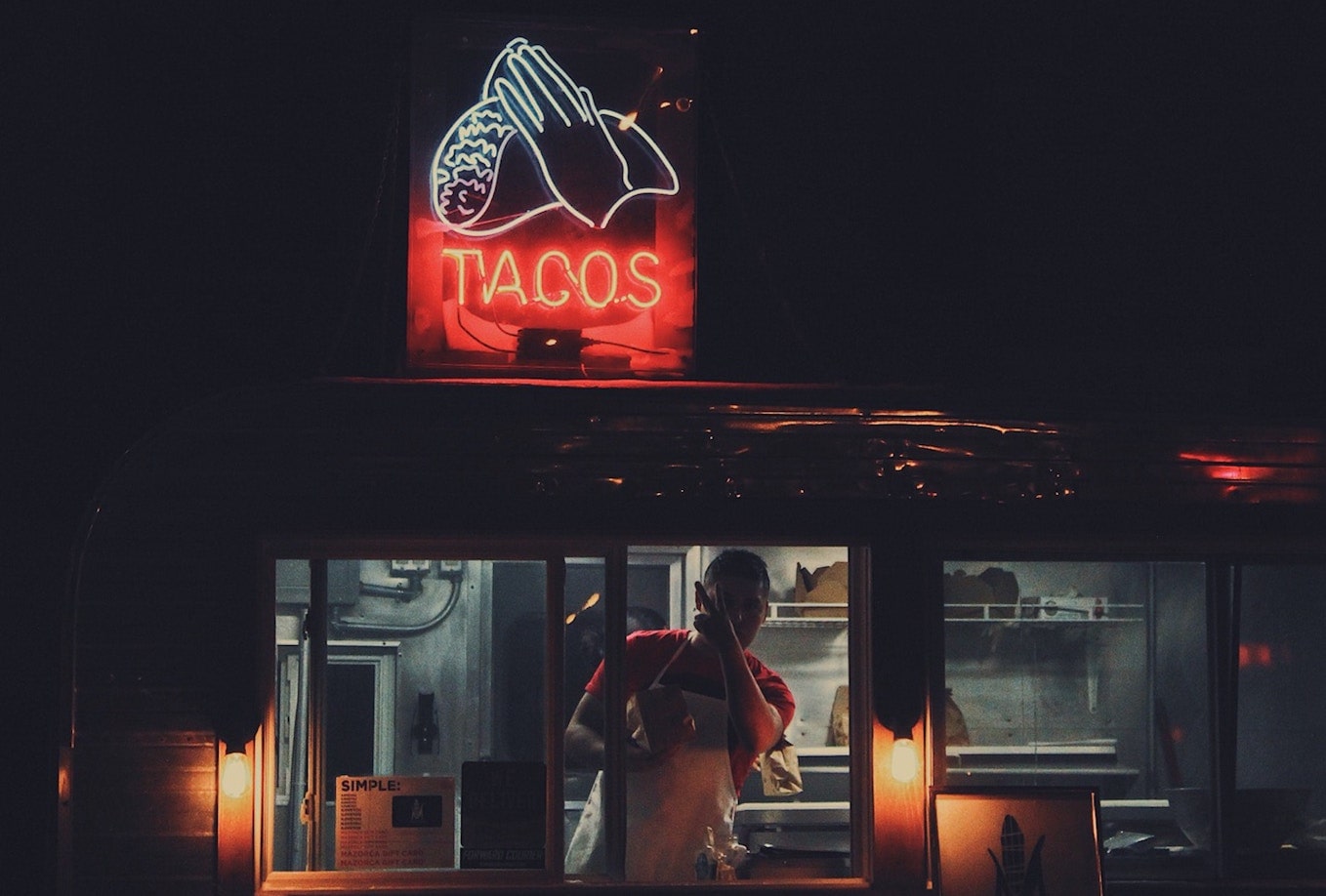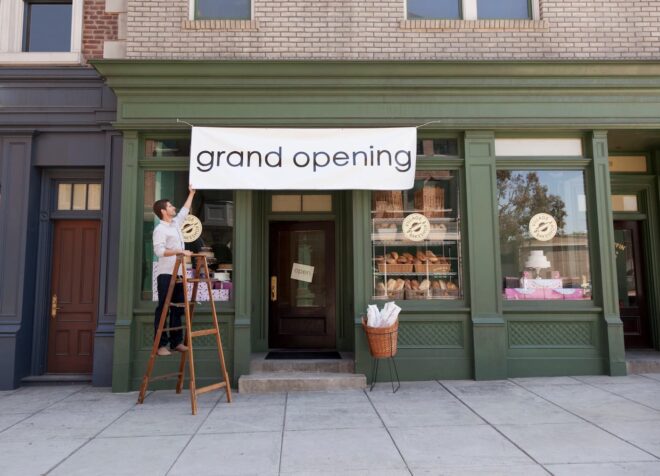From food truck to storefront: The concise guide to opening your first permanent location
Editorial Team
6 min read
Ready to park somewhere for good? After a solid foundation of four-wheeled success, perhaps you have a devoted customer base primed to support your first four-walled establishment. Or maybe you’re not quite at that mileage marker yet, but business is accelerating fast enough to see it approaching.
Either way, this guide is packed with invaluable advice and insights on effectively managing the transition from a food truck to your first restaurant.
How do you know if, when, and how to take your show off the road? What are the right questions? Where are the best answers found? What can experienced food truck veterans turned successful restaurateurs tell us?
Drawn from an excellent range of sources, the following stockpile of information is ready to guide the way.
Road-tested brands can be built upon
One point made clear in recent years is that stepping up from a truck to a restaurant need not be an either/or proposition.
After launching with a single vehicle, some of the most successful food truck entrepreneurs now operate mini empires of trucks and brick-and-mortar locations, finding great promotional synergy in the combination. What they fine-tuned in a mobile lab now works well enough to have customers waiting when they open a restaurant. Meanwhile, the trucks keep performing and boosting their brand’s profile.
Thanks in part to some game-changing social media promotion, Chef Roy Choi and his Los Angeles hybrid of Korean-style meat served in Mexican tacos is frequently credited with putting the food truck phenomenon on the culinary-cool map back in 2008. From a single Kogi Korean BBQ truck launched that November, his operation has grown to four trucks, plus a full catering operation, a taqueria, a bar (Alibi Room), and a sister restaurant (Chego!) that specializes in rice bowls.
In and around Boston, The Chicken and Rice Guys have expanded their popular halal offerings from a single truck in 2012 to three restaurants and at least as many trucks, plus a thriving catering business. One bottom-line reason they keep their trucks running: profitability, with truck-based margins at 20%-25% compared with 8%-12% for their restaurants.
As for when to consider the move, long lines are obviously a good sign. Needing more kitchen space to meet demand is another. Here’s some advice from a few who have timed their expansion well:
- Is it time to convert your food truck into a restaurant?
- When is the right time to transition from food truck to storefront?
- From food truck to restaurant: how to know you’re ready (and how to prepare)
A critical ingredient: location, location, location
The golden rule of real estate is even more indispensable when it comes to launching a viable restaurant—especially a new concept from a first-time owner. If you’re thinking about making the investment or raising the capital for a brick-and-mortar spot, the importance of finding the right location and negotiating a favorable lease simply cannot be overstated.
Some would even argue that until the perfect location at the right price is within your sights, your keys should remain in the ignition.
One great way for testing out a locale: park your food truck there, or close by, and sample the setting.
- Business scenario: Negotiating your first store lease
- How to find the perfect location for a new restaurant
- 4 important factors when choosing a location to open a restaurant
- How to negotiate a restaurant lease
- Practical and money-saving tips for negotiating a restaurant lease
Key pros, cons, and contrasts between the streets and a street address
Industry experts agree that a food truck is a smart way to test out and introduce a dining concept and brand. If you have created a successful food truck, you’ve accomplished a lot. The odds your venture had to overcome are formidable, and the costs, while lower than with a restaurant, are still substantial.
Beyond the financial investment, there are numerous challenges to translating your food truck’s unique alchemy to a sit-down experience. There are operational logistics including customer service and staffing issues. Some aspects of the learning curve will necessitate trial and error, but knowing more about what to expect and what to avoid will fortify your game plan considerably.
- Whipping up a new food business? Here’s the dish on going mobile vs. starting a brick and mortar restaurant
- The main difference between food trucks and sit-down restaurants
Diversify to transcend trends and consumer whims
Last year, Matt Coen, CEO of Off the Grid, who works with hundreds of food trucks in the Bay Area, released a “Mobile Food Trends Report” that found immigrants, women, and LGBTQ entrepreneurs own food trucks in surprising numbers. This diversity is a win for the economy, and definitely a win for consumers.
While there’s no doubt that food trucks have been a great entryway into the food and beverage business—particularly in the wake of 2008’s recession—success has also brought intensified competition. Accordingly, it’s a good idea for food truck owners to protect their business gains by diversifying into brick-and-mortar locations, as well as into catering and events if possible.
Ultimately, when it comes to any new direction, your customers will be the best guides. Stay focused on where their preferences lead you—and take inspiration from how far you can travel.
Leverage your leg up
At the end of the day, starting a new restaurant comes with a pile of headaches along with the opportunities. But if you have a successful food truck, you’ll already have experience crafting your product and connecting with your customers. With greater space, however, comes greater responsibility. Managing staff, larger inventory, and more bills can take a lot out of anyone. Be sure to read these articles to refresh your knowledge and prepare you to make your first venture into a brick-and-mortar restaurant a success.
- Growing pains: Does your business need a bigger space or more locations?
- 5 questions to decide if your pop-up is ready for a permanent location
- Business scenario: Opening a second location
- Business problem turnaround: Could colocation be a worthwhile tactic for your business?
- How to expand to multiple locations the smart way
- 5 reasons restaurants fail & how to avoid them
- Restaurant business planning: How one general manager set smart goals
Related Posts
How to register your small business
How Clover POS supports working mother entrepreneurs
Popular Topics
Stay in touch
Sign up and learn more about Clover.
Thank you for your subscription!
More posts about starting a small business
eBook





